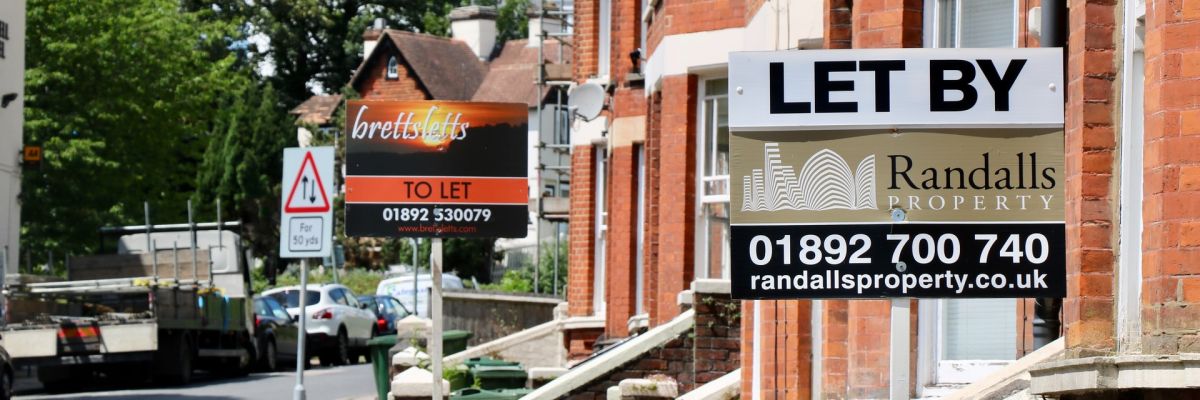What is a Consumer Buy To Let Mortgage?

For the majority of people that have a property and let it out, the intention was clear. They wanted to buy a property with the purpose of letting it out to make money or perhaps someone already owned a second property, a holiday home and decided there was a benefit to letting it out for some extra income.
A 'normal' Buy to Let mortgage does not benefit from the same level of regulatory protection as a mortgage taken out to purchase a property used as the borrower's home. In fact, a BTL is considered unregulated and therefore offers much less protection to a borrower simply as they are buying as an investment. They are not going to lose their home if it goes wrong.
Accidential Landlord
There are many scenarios where a borrower could be considered an accidental landlord. That is someone who rents out a property but didn't actually intend or specifically want to become a landlord. It was more through necessity. A couple of examples.
- You and your partner have a home with a mortgage. You decide to move in together but want to keep the other property until you are sure living together will work out but can't afford to run both properties for a long period of time. So rent the empty one to make sure the mortgage gets paid. This could be considered an accidental landlord.
- You may have been gifted property or inherited one. Ideally, you want to sell it to buy a preferred home for yourself but the terms of the gift/inheritance are that you cannot sell it. So take out a BTL mortgage in order to raise funds that will be used to buy your own home. The intention was not to become a landlord, circumstance meant you had to. This could be considered an accidental landlord.
Criteria for Consumer Buy to Let
Generally, if you meet one or more of the following it is likely you are going to be considered to have a consumer Buy to Let (CBTL).
- The purpose of purchasing the property was not with the specific intention to let it out.
- You or a close relative previously resided within the property.
- Renting property is not your main occupation.
- You do not own any other rental property.
Deliberate Landlord
You can also be a deliberate landlord, one which would exclude you from being an accidental landlord. If you meet any of these criteria:
- You consider your main occupation to be a professional landlord.
- You own multiple properties and let them out.
- You are purchasing a property with the specific intention to let it out.
Any of the above and you be considered a deliberate landlord. That is, your intentions are clear and the mortgage you will obtain will be unregulated and the regulatory protection will be far less.
What is the point of it all?
Take a look back at the first example given as to what would be considered a Consumer Buy to Let.
You and your partner have a home with a mortgage. You decide to move in together but want to keep the other property until you are sure living together will work out but can't afford to run both properties for a long period of time. So rent the empty one to make sure the mortgage gets paid. This could be considered an accidental landlord.
In this example, the couple is simply renting to solve the problem of not being able to maintain two mortgages and the associated running costs of the home not being lived in. They are not choosing to become landlords and are not particularly interested in doing so or are they experienced in such matters.
The risk here is that if they get into trouble because of their inexperience the home may be put at risk, ultimately lost by deciding to rent it. So the regulator determines they need additional protection as the property is not just a rental, it is a home for one of the couple, they are only renting, temporarily and they may wish to reside in it again at some point.
This is different to purchasing a property with the specific intention of renting. One that has no specific tie to the borrower. They understand the intention is to rent and losing it for whatever reason is not going to have the same impact as above.
So that is pretty much Consumer Buy to Let. There are specific products available from lenders for this purpose. So if you believe you fit the criteria be sure to speak with your current lender regarding options or discuss it with a suitably qualified professional.
Lee Wisener, CeMAP, CeRER, CeFAP
Having worked in the mortgage industry for over 20 years I have always wanted to build a website dedicated to the subject. Also being a geek when it comes to the internet all I needed was time and I could both build the site from scratch and fill it with content. This is it!

<< Newer Post
Spray Foam Insulation & MortgagesOlder Post >>
Lomond View Country House